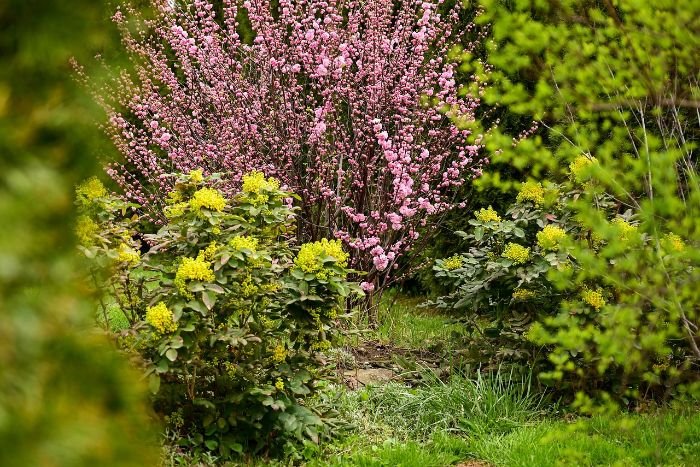Choosing the right plants is key for a beautiful garden. Should you pick perennials or annuals? Perennials last for years, showing their beauty season after season. Annuals, however, live for just one year, but they fill your garden with color. Both types of plants have good points to consider.
Perennials stick around for more than two years. They show off their flowers and leaves each year. Annuals, on the other hand, grow, bloom, and make seeds in one season. This allows them to grow anew the next year. Each type brings something special to your garden.
Want to learn more about perennials and annuals? We will talk about each and how they change your garden for the better.
Key Takeaways:
- Choosing between perennials and annuals is a big garden decision.
- Perennials last more than two years, while annuals live for just one.
- Both offer different charms and benefits for your garden.
- Knowing your garden goals and considering its needs and conditions will guide you.
- A mix of perennials and annuals can make your garden look stunning and lively.
Table of Contents
Introduction to Perennials and Annuals
Planning your garden matters a lot. Knowing how long plants live helps you pick wisely. We’ll look closely at perennials and annuals, the plant types you’ll choose from.
Understanding Plant Lifecycles
Lifecycles show us how plants grow, flower, and reproduce over time. This cycle plays a big role in where and how plants thrive.
Perennials last a long time, more than two years. They come back every year, growing from their roots. Even after winter, they return, adding steady beauty to your garden.
Annuals, though, finish their cycle in one season. They start from seed, bloom beautifully, make seeds, and then go. Their short life is burst with color, perfect for quick garden changes.
Importance of Choosing the Right Plants for Your Garden
Deciding between perennials and annuals matters. It depends on what you want in your garden and how much care you’ll give it. The climate where you live also plays a big part.
Think about these when choosing plants:
- The time you’re willing to spend on your garden
- What colors and seasonal looks you like
- Your local climate and growing conditions
Now, we’re aware of plant lifecycles and why picking the right ones is key. Next, we’ll focus on the ongoing life of perennials.
Lifecycle of Perennials
Perennials play a big role in any garden because they stick around for a long time. Owning a garden is easier when you know the special traits of perennials.
Definition and Characteristics of Perennials
Perennials are plants that live more than two years, some even for decades. They’re tough and last for many seasons. Their deep root system helps them survive tough weather and come back each year.
“Perennials are a gardener’s delight as they provide enduring beauty and require less effort compared to other types of plants.” – Jonathan Miller, Master Gardener
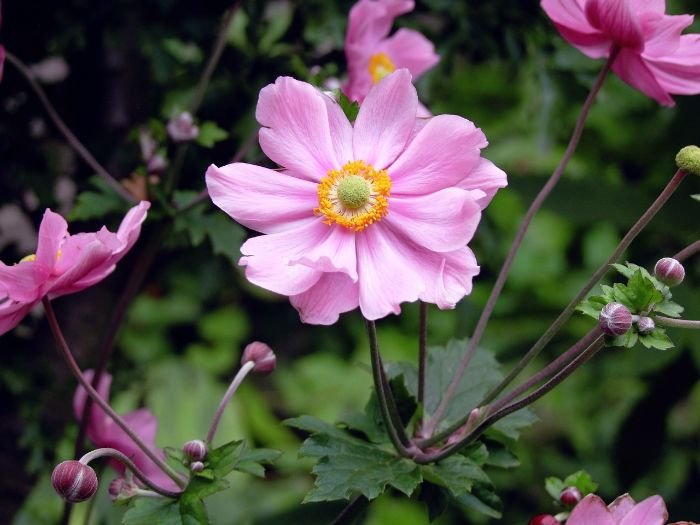
In winter, perennials go to sleep. This helps them save energy. They then grow back in the spring. Even when they’re not flowering, perennials have pretty leaves that make your garden interesting.
Common Perennial Examples
Perennials come in many types to match your garden’s look. Some favorites are:
- Roses
- Tulips
- Daylilies
- Hostas
- Peonies
- Lavender
These plants bring a lot of color, sizes, and shapes to your garden.
Seasonal Growth and Maintenance of Perennials
Perennials grow in spring, flower in summer, and rest in fall. They start growing in spring and need food and water then.
In summer, many perennials bloom beautifully. It’s key to remove old flowers to keep more blooming. Some tall ones may need help staying up.
By fall, perennials are getting ready for a nap. Their leaves might change and fall off. It’s smart to tidy up and cover their roots to stay warm in winter.
Knowing how perennials grow and what they need keeps your garden full of life all year.
Lifecycle of Annuals
Annuals are loved for their short, yet vibrant, life. They bloom within one year and bring color. This is opposite to perennials which live for many years. Knowing about annuals helps you choose what to plant in your garden. Their short lifecycle brings new color each year.
Definition and Characteristics of Annuals
Annual plants start from seeds, grow, bloom, create new seeds, and then they die. This all happens in one year. They grow fast and produce many flowers. Every year is a fresh start with new plants in your garden. Annuals vary in colors, shapes, and sizes, giving your garden endless beauty.
Common Annual Examples
Annuals come in many types with unique looks. Some favorites include:
- Petunias – They grow trumpet-shaped flowers in many colors. Petunias are great in pots or garden beds.
- Marigolds – They have bright orange and yellow flowers. Marigolds bring bees and butterflies to your garden.
- Zinnias – Zinnias are bright, colorful, and don’t need much water. They’re perfect for any garden.
- Begonias – Begonias have beautiful leaves and flowers. They add elegance to your garden, especially in the shade.
- Impatiens – Impatiens bloom in pink, red, white, and purple. They’re great for shady spots, bringing light to dark areas.
Seasonal Growth and Maintenance of Annuals
Annuals love the sun and need lots of care. They thrive with regular watering and feeding. Remove dead flowers to keep them blooming. We need to watch for pests and diseases. Pruning helps control their size and shape.
Mixing perennials and annuals makes a great garden. Perennials last a long time and give your garden a base look. Annuals change the garden every year, adding new colors and designs. Knowing how to care for annuals helps your garden look its best.
Benefits of Perennials
Perennials are great for making gardens look good for a long time. They are known for lasting through many seasons. This makes them a smart choice for anyone looking to invest in their garden’s beauty. Here are some good reasons to plant perennials in your garden:
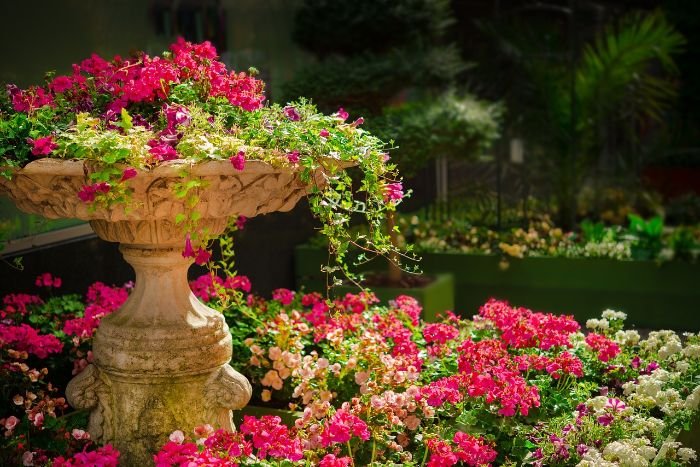
Long-Term Investment in Garden Design
By selecting perennials, you’re opting for a garden that flourishes for years without replanting. They return every year, bringing color and life. With a little care, your garden will keep getting better and become more beautiful.
Reduced Planting Efforts Over Time
Planting perennials means less work because they come back on their own. You won’t have to replant every year like you do with annuals. Enjoy the simplicity of a garden that regrows without you having to plant it all over again.
Enhancing Garden Structure and Stability
Perennials help make your garden look organized and safe. They grow and spread, creating a strong foundation. They are also good for keeping the ground from washing away. This makes your garden look better and last longer.
Benefits of Annuals
Perennials give beauty year after year. But, annuals bring something special, making any garden design better.
Flexibility and Variety in Garden Design
Annuals offer flexibility and variety to garden designs. They come in many colors and sizes. So, you can mix and match them to create beautiful garden scenes. If you love bright flowers or interesting leaves, annuals fit everyone’s style.
Opportunities for Seasonal Color Changes
Annuals bring new colors with each season. They make a garden look different each time. You can enjoy the lively greens and purples in spring, hot reds in summer, or cozy shades in fall. This way, annuals keep your garden always changing and exciting.
Fast-Growing Options for Instant Impact
For a garden that looks full of life right now, choose annuals. They grow fast and fill up space quickly. Whether you’re starting fresh or adding to an older garden, annuals instantly make it more charming.
Choosing Based on Garden Goals
Choosing the right plants for your garden means thinking about what you want. Start by looking at what your garden needs and what it’s like. This will help you pick plants that make your garden a success.
Assessing Your Garden’s Needs and Conditions
Think about your garden’s sunlight, soil, and moisture. Some plants love the sun, while others do best in shade. Certain plants need good drainage, while others can manage with different soil types. Knowing these things helps you pick the perfect plants for your garden.
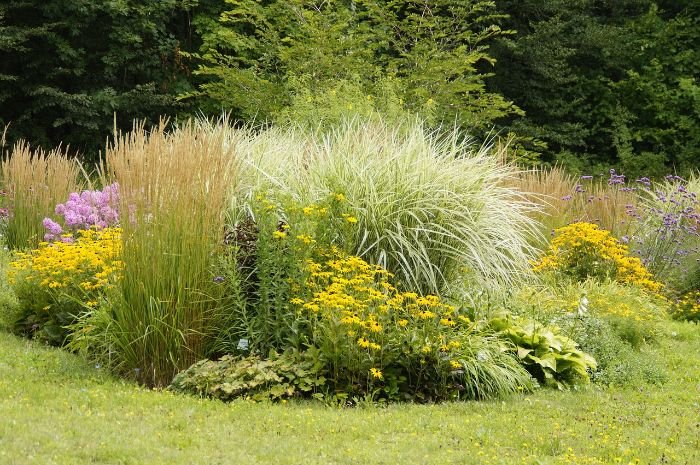
Planning for Immediate vs. Long-Term Results
Think about your timing for results when picking plants. Perennials take a bit of time to grow but come back each year stronger. On the flip side, annuals bloom quickly and brighten your garden fast. Choose based on if you want to see quick beauty or long-lasting results.
Balancing Perennials and Annuals for Continuous Interest
Having a mix of perennials and annuals is smart. Perennials keep coming back, while annuals bloom with color each year. This way, your garden is always interesting. Plus, you have the chance to play around with different plants and designs.
Combining Perennials and Annuals
When you design a garden, think about mixing perennials with annuals. This mix makes a beautiful garden that blooms all year. So, you get to enjoy it every season.
Strategies for Integrated Garden Design
It’s key to plan when you mix perennials and annuals. Divide your garden into areas. Use perennials as the base design.
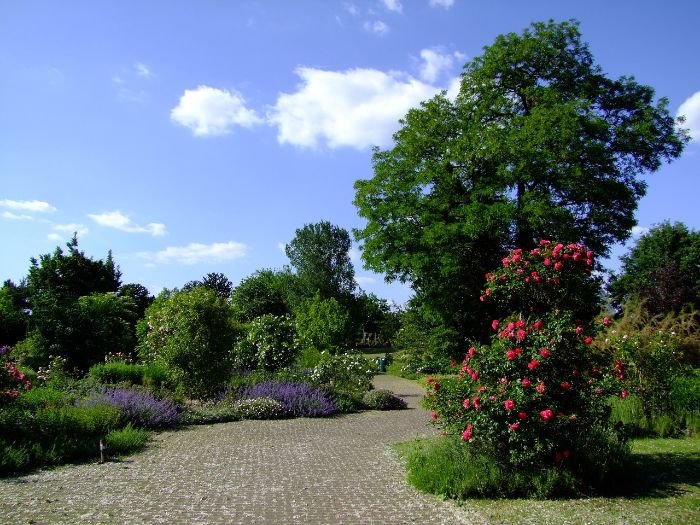
Plant annuals for pops of color. This makes your garden look balanced and pretty.
Using Annuals to Complement Perennial Structures
Annuals help perennials stand out. For tall perennials, plant trailing annuals. This combo makes your garden more interesting.
Creating Succession Planting for Year-Round Blooms
Select plants for year-long blooms. Plant them in a sequence to keep your garden pretty all the time. This way, your garden always shows new colors and textures.
Practical Tips for Gardeners
When picking between perennials and annuals, it’s key to care for them well. Here are some tips for great gardening:
Soil Preparation and Fertilization
For healthy plant growth, prep the soil. Get rid of weeds, rocks, and debris that block root growth. Loosen the soil for good drainage and root spread.
Throw in some compost or well-rotted manure to feed the soil. This boosts plant growth and improves the soil. A soil test can tell you if you need more help.
For fertilization, pick a balanced, slow-release product for your plants. Follow the directions to feed them right. This avoids too much or too little nutrition.
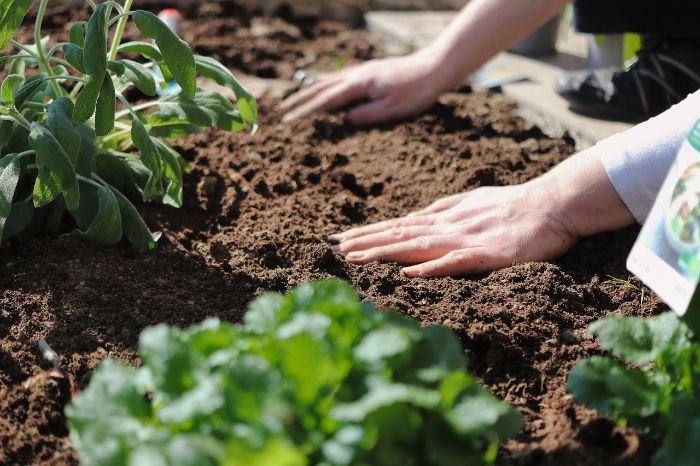
Watering and Mulching Practices
Water your plants correctly for their health. Water deeply so it reaches the roots well. Don’t water the top soil; it makes roots shallow and water evaporates quicker.
Watch how wet your soil is to avoid too much or too little water. A moisture meter or your finger can check it. Water each plant as needed.
Mulching keeps the soil moist, stops weeds, and keeps it cool. Use wood chips or straw around your plants. This cuts down how often you need to water.
Pruning and Deadheading Techniques
Cut back your plants to keep them healthy and the right shape. Take off dead or sick branches to stop disease. Always use sharp and clean tools for cutting.
Removing old flowers – deadheading – keeps your plants blooming. It helps new flowers grow by using the plant’s energy wisely. You’ll see more flowers this way.
Some plants need lots of cutting, some just a little. Know what your plants need.
Follow these tips to keep your garden happy. This way, you’ll see lots of beautiful, thriving plants all season long.
Conclusion – Making the Right Choice
Choosing between perennials and annuals for your garden is key. Both plant types come with their own benefits. Your choice will depend on your likes, garden goals, and its setting.
Perennials last a long time in your garden. They give it a solid look and need less replanting. This makes them easy for gardeners who want less work but still yearn for beauty.
Annuals, however, bring change and lots of color. They pop quickly and fill spaces well. This is great if you love switching up the look of your garden often.
To pick the best plants, think about what your garden really needs. Maybe you want flowers all year, or maybe you prefer a fresh look often. By mixing perennials and annuals, your garden can look great every season.
Taking good care of your plants is crucial, no matter what you pick. Focus on the soil, food, water, and other needs they have. With the right plants and care, your garden will be a place of beauty and happiness.
FAQ
How do I determine whether to choose perennials or annuals for my garden?
Think about what you want from your garden. Are you willing to spend time on it? Perennials are a long-term choice, needing less work after planting. They make your garden look good.
Annuals are for those who want to change things often. They bring different colors each season. Plus, they grow quickly, adding instant beauty.What are the defining characteristics of perennials?
Perennials last for many years, coming back season after season. They can be flowers, herbs, or even small bushes. Think of roses, daylilies, and tulips.
Can you provide some examples of common perennial plants?
Sure! You might know plants like lavender and hostas. Also, don’t forget about sedum and geraniums. These are loved by many gardeners for their beauty and ease of care.
How do you care for perennials throughout the different seasons?
Take care of your perennials by watering and pruning them. They also need a layer of mulch. How much care a plant needs depends on where you live and its type.
What makes annuals different from perennials?
Annuals only live for one season. They grow, bloom, then die. Marigolds, petunias, and zinnias are common examples.
What are some popular annual choices for gardens?
Good choices for annual plants include sunflowers and begonias. You might also like impatiens and snapdragons for their beautiful colors.
How should I decide whether to prioritize perennials or annuals in my garden?
Consider what your garden needs and what you’d like to see. Mixing both kinds can keep your garden interesting all year. This way, you get the best of both worlds.
Can I combine perennials and annuals in my garden?
Yes, mixing them can really make your garden pop. Perennials bring the main show, and annuals add a new display each year. You can even plant them so there’s always something beautiful in bloom.






